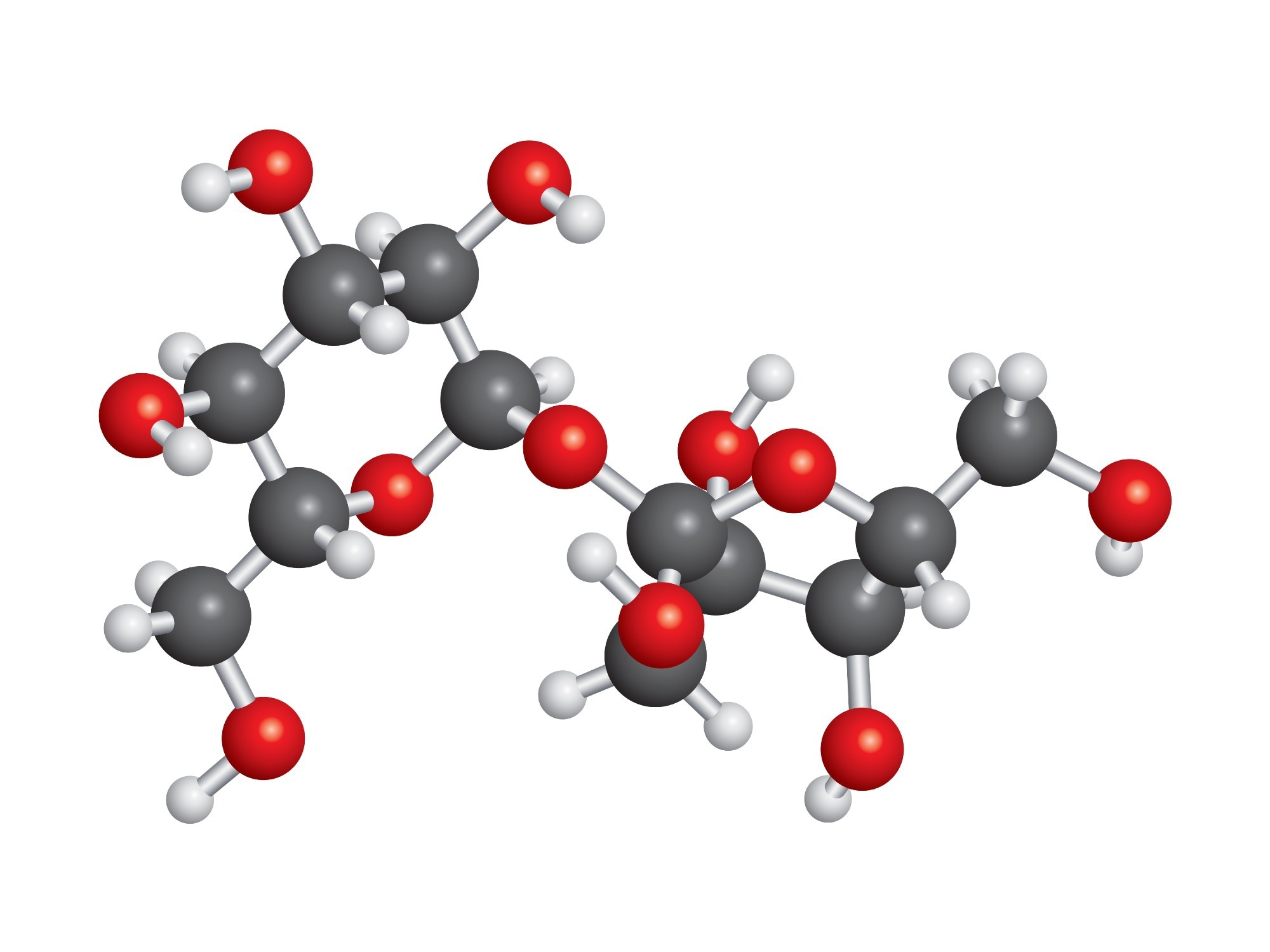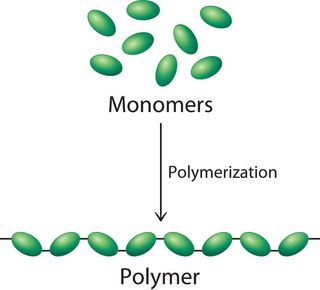Top Uses Polymers: Enhancing Everyday Products
Top Uses Polymers: Enhancing Everyday Products
Blog Article
From Manufacturing to Medication: How Polymers Revolutionize Various Markets With Their Advantages
Polymers, with their diverse chemical frameworks and personalized residential properties, have arised as pivotal parts across a spectrum of sectors. From enhancing manufacturing processes to enabling revolutionary developments in medicine, the influence of polymers resounds far and wide.
Adaptability in Production
With their varied buildings and adaptability, polymers have actually dramatically enhanced the manufacturing refines throughout various sectors. The versatility of polymers in production is associated to their capability to be formed into intricate forms, their lightweight nature, durability, and resistance to deterioration. These residential or commercial properties make polymers an ideal choice for a wide variety of applications, from automobile and aerospace industries to medical care and electronics.
In the auto field, polymers are thoroughly made use of in manufacturing components such as bumpers, dashboards, and indoor trims because of their lightweight nature, which aids boost gas performance. Furthermore, their sturdiness and resistance to deterioration make them appropriate for outdoor applications in building and infrastructure projects. In the health care industry, polymers play a crucial duty in producing medical gadgets, tools, and product packaging materials due to their biocompatibility and sanitation abilities.

Enhanced Product Performance
Substantial improvements in product performance have been accomplished through the integration of polymers in various sectors. The aerospace industry benefits from polymers in the production of light-weight yet strong materials for airplane, resulting in boosted performance and reduced maintenance costs.
Furthermore, in the electronics industry, polymers play a critical duty in improving the performance of tools with their shielding residential properties, effect resistance, and flexibility. This enables for the development of smaller sized, more effective electronic items that are also more sturdy. In the clinical field, polymers are made use of to create innovative implants and drug distribution systems that use boosted biocompatibility and targeted treatment, eventually boosting client end results.
Innovations in Clinical Gadgets
The application of polymers in the clinical field has led to groundbreaking innovations in the growth of innovative clinical tools. Polymers have reinvented the design and capability of clinical gadgets by providing one-of-a-kind homes such as biocompatibility, versatility, and toughness.
Polymer composites have likewise made it possible for the development of lighter and a lot more comfortable prosthetics, helpful site enhancing the lifestyle for amputees. Polymers with antimicrobial residential or commercial properties are being incorporated right into medical tools to protect against infections and improve person outcomes. The advancement of advanced drug delivery systems utilizing polymer-based materials has transformed the therapy of numerous conditions by ensuring targeted and managed launch of medications.
Drug Shipment Innovations
In the world of pharmaceutical advancements, unique medicine shipment systems are reshaping the landscape of clinical treatment. Polymers offer a versatile platform for designing shipment systems that can manage drug launch prices, target details cells or cells, and safeguard the medicine from degradation in the body.
Nanotechnology has actually likewise played a pivotal function in medicine delivery developments by enabling the advancement of nano-sized medicine service providers. These nanocarriers can boost medication solubility, prolong circulation time in the body, and improve mobile uptake, inevitably causing improved restorative outcomes. Additionally, innovations in personalized medicine have brought about the personalization of medicine shipment systems based upon see post private patient qualities, such as genetic make-up or condition profile.

Sustainable Solutions
Having actually laid the structure for improvements in drug distribution systems, the focus currently moves towards checking out sustainable remedies within the world of polymer-based service providers. Sustainability has become a crucial aspect of modern sectors, consisting of healthcare, driving the requirement for environment-friendly options. Polymers offer a promising avenue for addressing sustainability obstacles due to their flexibility, biodegradability, and recyclability.
One key aspect where polymers add to sustainability is in lowering the ecological impact of medical waste. Naturally degradable polymers can be designed to break down view publisher site normally in time, decreasing the accumulation of non-degradable materials in land fills. In addition, the recyclability of certain polymers permits the growth of closed-loop systems that promote the reuse of sources, better minimizing waste manufacturing.
Additionally, the use of sustainable sources for polymer manufacturing, such as plant-based resources like corn or sugarcane, provides a chance to reduce reliance on fossil fuels and reduced carbon emissions. By utilizing the capacity of polymers as sustainable services, markets can move towards more ecologically pleasant methods without jeopardizing performance or efficiency.
Final Thought
In verdict, polymers have actually substantially changed numerous industries, including manufacturing and medication, because of their convenience, improved item efficiency, and innovative applications in medical tools and medicine delivery systems - Polymers. These advancements have caused the development of lasting options that profit both sectors and the setting. Polymers remain to play an important duty in driving innovation and progression throughout different fields, showcasing their relevance in modern-day culture
Report this page